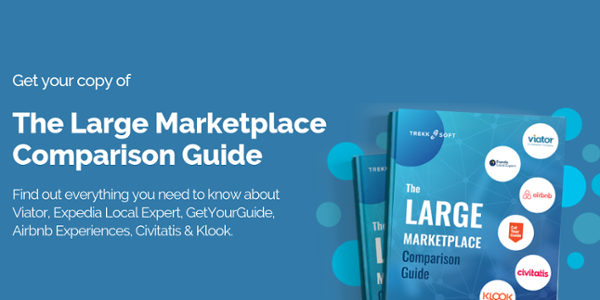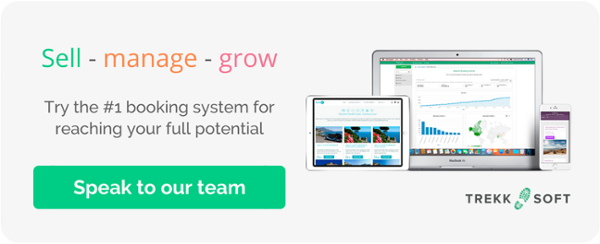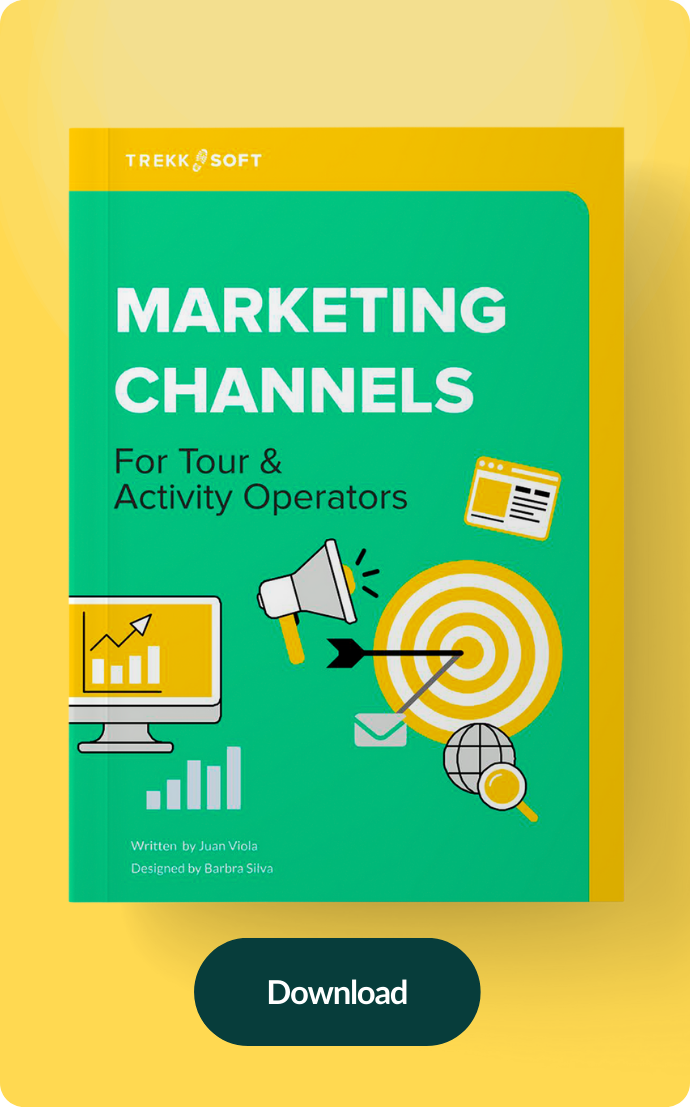“Growth in outbound travel is directly linked to economic growth. Indians are creative people, and this has fueled tremendous growth over the last few years. More Indians can now afford to travel abroad.”
– Andrea Schneider, Director of Marketing and Market Manager for India at Tourism Interlaken
India’s Ministry of Tourism reported a 7.3% growth in international departures in 2016, with a total of 21.9 million travellers leaving India to explore the world. The UNWTO expects this number to grow to 50 million in the next three years, making the Indian travel market a crucial segment for destinations and experience providers to consider.
The Indian market has considerable spending power – in 2015, Indian travellers spent a total of $15.9 billion on outbound travel, with this number predicted to more than double to $40.7 billion by 2025. At present, the top travel destinations for Indians include Switzerland, USA, France, UK, Hong Kong, Australia and Germany.
For our Travel Trends Report 2018, we caught up with Andrea Schneider, Director of Marketing and Market Manager for India at Tourism Interlaken in Switzerland, a hugely popular destination for Indian travellers.
Get your copy of the Travel Trends Report 2019 and gain more insights into other key travel markets and industry trends:
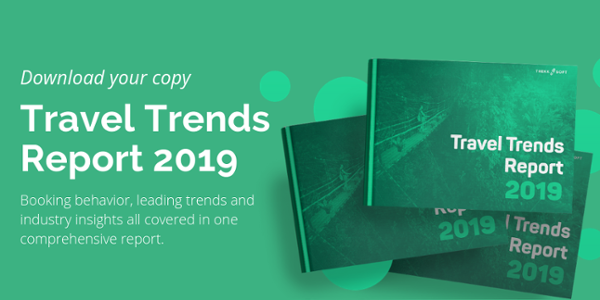
The four key groups of Indian travellers
1. Group travellers
Group travellers often consist of first-time explorers. Their entire vacation programme is pre-planned and booked ahead of time. For operators hoping to capture this market, Andrea notes that it is rather difficult since they only have 2 to 3 hours of free time per destination.
“One thing that still remains a challenge is educating Indian travel agents about Switzerland. How do you sell a destination you’ve never been to? With the internet, this is getting easier because we can conduct workshops online, share movies and pictures to give local agents a better understanding of the destination. At the end of the day, our goal is to appeal to the younger market with more adventurous and active programmes and to move away from the typical mountain excursions.”
– Andrea Schneider, Tourism Interlaken
2. Frequent Individual Travellers (FIT)
They are experienced travellers who prefer to create their own itineraries. They tend to research and learn about a destination online, and book offline with a travel agent. Since this behaviour shows no signs of changing anytime soon, Andrea advises operators who want to reach these customers to work with local travel agents.
“Indian travel agents face tough competition so they try differentiating themselves by asking operators for insider tips and advice to pass on to guests. It helps travel agents to maintain and build their reputation.”
– Andrea Schneider, Tourism Interlaken
3. Meeting, Incentives, Conferences and Exhibitions (MICE) travellers
“In India, multinational companies are working hard to keep their employees satisfied to prevent them from job switching. A trip abroad to Switzerland is a good way to incentivise and reward employees.”
– Andrea Schneider, Tourism Interlaken
Companies plan more trips abroad, both in the low and peak seasons. For them, sticking to their budget is important, so they’re more likely to work with an operator who offers the best deal. When booking and arranging these trips, companies will work with a trusted travel agent who liaises with a DMO or an operator in their existing network.
4. Visiting Friends and Relatives (VFR)
Argued as the market with the lowest travel budget, these travellers spend the longest time abroad, often up to 3 or 4 weeks. They commonly travel to North America, the UK and Australia to visit loved ones.

Booking behaviour
Most bookings still happen offline. Long haul travel purchases are usually made with established travel agents. Other booking channels include OTAs like India’s homegrown Make My Trip (which takes up 45% of India’s OTA share), Yatra, and Expedia.
Almost 50% of travellers plan a trip 1 to 3 months ahead and book flights and accommodation a mere 8 - 30 days in advance, according to the Pacific Travel Association. They’re heavily influenced by their friends and family who currently live in or have previously visited the destination.
Social media also plays a big role and influences travel purchase decisions before the trip, allows travellers to share moments during the trip, and facilitates discussions and recommendations to peers after the trip.
“India is home to 1.32 billion people and more than 60% of them who visit Switzerland are under 35 years old. There are plenty of opportunities and potential for long term growth in this market. Even 1% of the market is a lot of. If 1 out of 3 of them travel to Interlaken, that too is a huge opportunity for us”
– Andrea Schneider, Tourism Interlaken
Read more: Interlaken Tourism: How the successful DMO is evolving with TrekkSoft to meet new travel demands
What Indian visitors are looking for
While on holiday, Indian travellers want to learn about new cultures and spend quality time with their families. “The idea of family and community is very strong in the Indian culture,” said Andrea, “but it doesn’t mean that the family dynamic isn’t flexible.”
“While younger travellers like Millennials prefer more adventurous and active excursions, the older generations prefer a more relaxed holiday. They’re happy to split up into smaller groups to explore a destination according to their interests.”
Indian travellers also enjoy shopping while on holiday, making the most of access to goods that are not available at home.
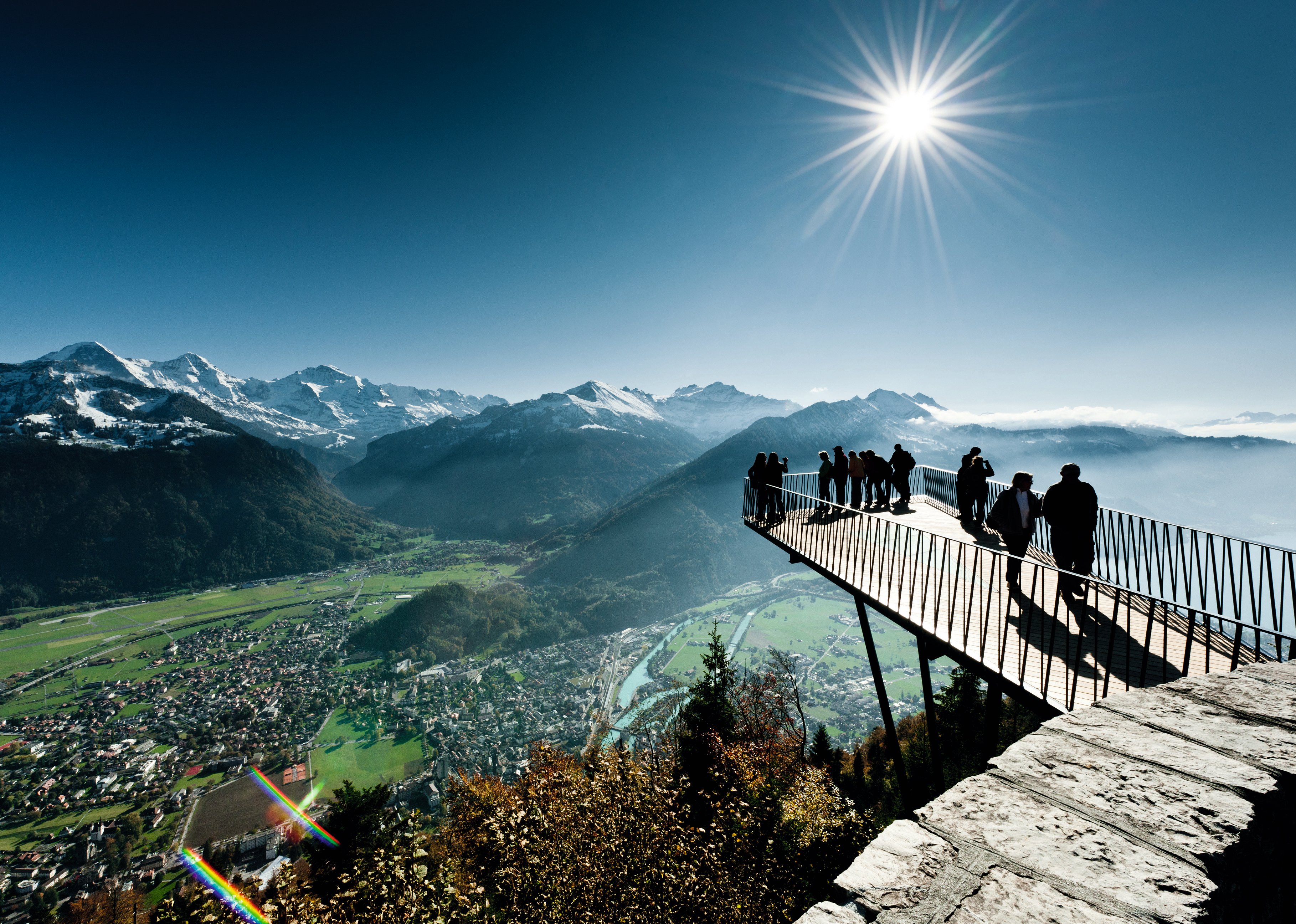 The Harder Kulm viewpoint in Interlaken, Switzerland
The Harder Kulm viewpoint in Interlaken, Switzerland
To attract the Indian market:
Build your word of mouth. Positive reviews from your customers can really drive bookings. Online, remember to ask for a review after a trip and send an email reminder to customers with links to all your review sites. Offline, incentivise customers to talk about your brand by giving them discount codes to share with friends and family.
 "Usually, our guests are seeking the 'must dos' in Switzerland. Our customer base is 40% Asian with the biggest group from India (25%), almost 30% from the US, 10% GCC, 10% from Australia/NZ, 8% from Latin America, and 8% from Europe.
"Usually, our guests are seeking the 'must dos' in Switzerland. Our customer base is 40% Asian with the biggest group from India (25%), almost 30% from the US, 10% GCC, 10% from Australia/NZ, 8% from Latin America, and 8% from Europe.
People come to us for stunning nature and to enjoy seeing must-dos that they can go back and tell their friends about. There are of course many other reasons too. Some come for the shopping, others want a more educational tour and others want some serious adventure… There really is a bit of everything!"
Other things to keep in mind about the Indian travel market:
- The majority of Indians are vegetarians.
- Sharing their travel experience online is important so make sure that WiFi is available.
- They tend to change their travel plans at the last minute so be flexible to accommodate changing needs.
- While Indian travellers are open minded and love trying new cuisines, they too will crave Indian food on long haul trips.
- Travel visas remain the barrier to travel.
Want to reach new markets?
Follow in the footsteps of Tourism Interlaken and find a technical partner that provides you with the booking software you need to expand. Arrange a TrekkSoft demo call now:

